The Extraordinary Impacts of Mobile Technology in Healthcare
Other practices are already seeing the impact that mobile technology has on healthcare. While it might take some time to get used to, these additions will start proving beneficial for both your staff and clients.

81% of Americans own a smartphone.
With ownership that high, it’s no surprise that mobile health (mHealth) is trending upward. There are so many tools that make it easier for physicians to connect with their clients. Healthcare is at a point now where doctors can access data from anywhere to save time and stay updated on medical information.
With so much on their plates, it might sound like a burden to doctors if they need to add more technologies to their workflow. It’s not uncommon to be nervous about starting new processes.
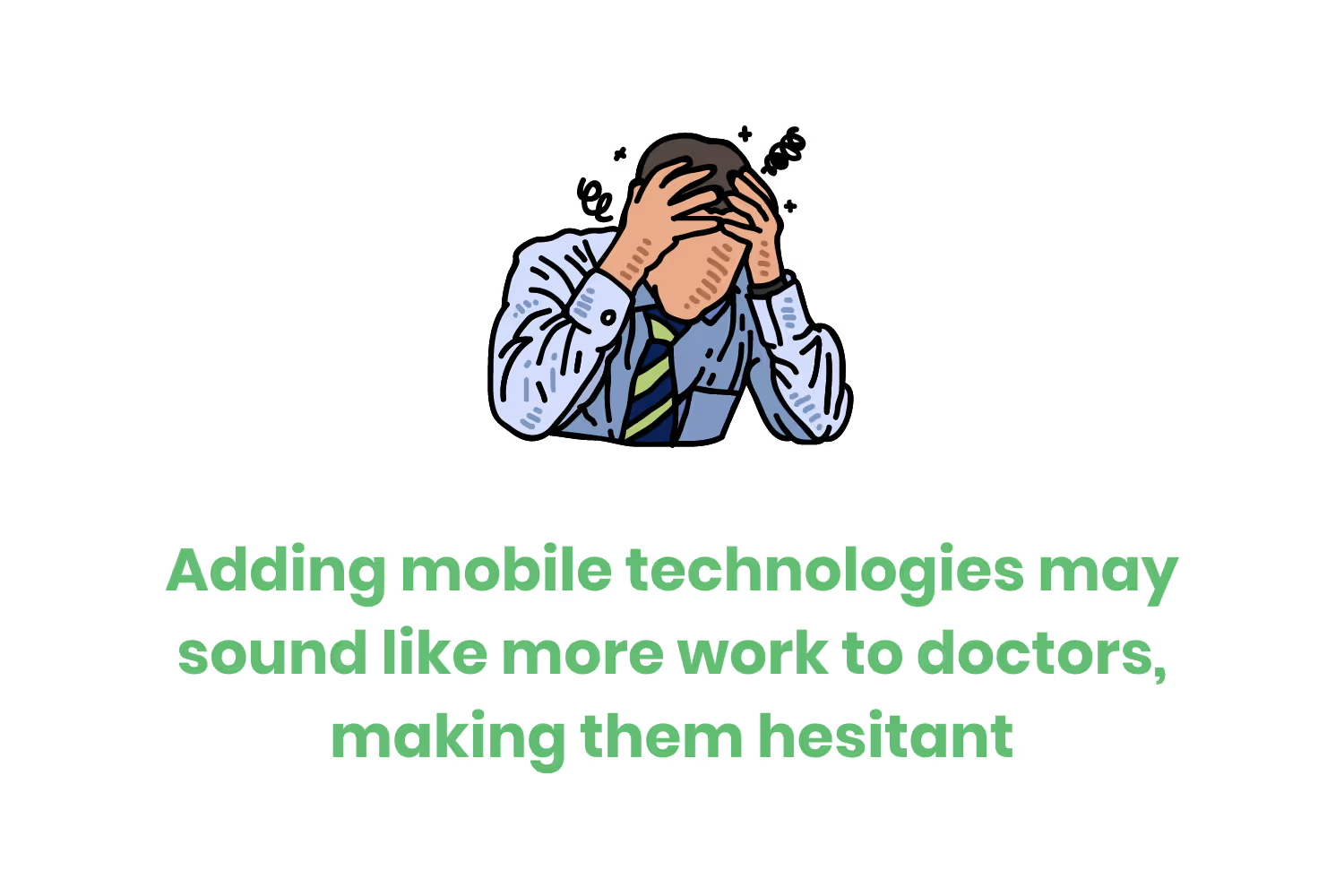
But it’s worth getting over that fear. Other practices are already seeing the impact that mobile technology has on healthcare. While it might take some time to get used to, these additions will start proving beneficial for both your staff and clients.
Eases The Day-To-Day
Using mobile technologies improves the efficiency of physician workflows and patient care. Mobile apps have so many features that streamline processes. Just a few include...
- Electronic health record (EHR) access
- Messaging systems
- Appointment reminders
- Scheduling
- Online billing
Being able to access data and message team members from anywhere in the hospital saves time. Doctors don’t need to go back and forth between rooms and computer systems. Instead, they can access information right from a patient’s room. This is especially useful during emergencies where quick, life-saving decisions matter most.
For every hour spent with a client, they spent an additional two hours on EHR and desk work.
This is a likely cause of physician burnout. But with mobile access to EHRs, doctors can input information in real-time instead of having to go back to record data. This saves them time so they can give more attention to patients.

Administrative work like sending reminders, scheduling visits, and mailing statements are other burdens. But mobile apps can handle most of the work, so doctors don’t need to waste more time.
Physicians can spend more meaningful time with their patients. 29% said that appointments are more efficient because of mobile health information. Around 60% use mobile data to explain information to patients and 28% send information to them directly.
Since patients have a better explanation of care, they can better focus on their health. And if doctors can directly send information through mobile channels, they don’t need to make a phone call to check in on the client. This improves the communication process, which brings me to my next point.
Enhances The Accuracy of Communication
Accurately communicating health information is critical in this industry. Miscommunication among healthcare teams leads to an estimated 80% of major medical errors. And communicating with patients isn’t any better. They forget up to 80% of medical information from their doctors immediately after a visit.
If patients forget information that their physicians just told them, they’re not likely to follow their treatment plan. Doctors will have to call their clients to check in on them, but this takes up more of their time.
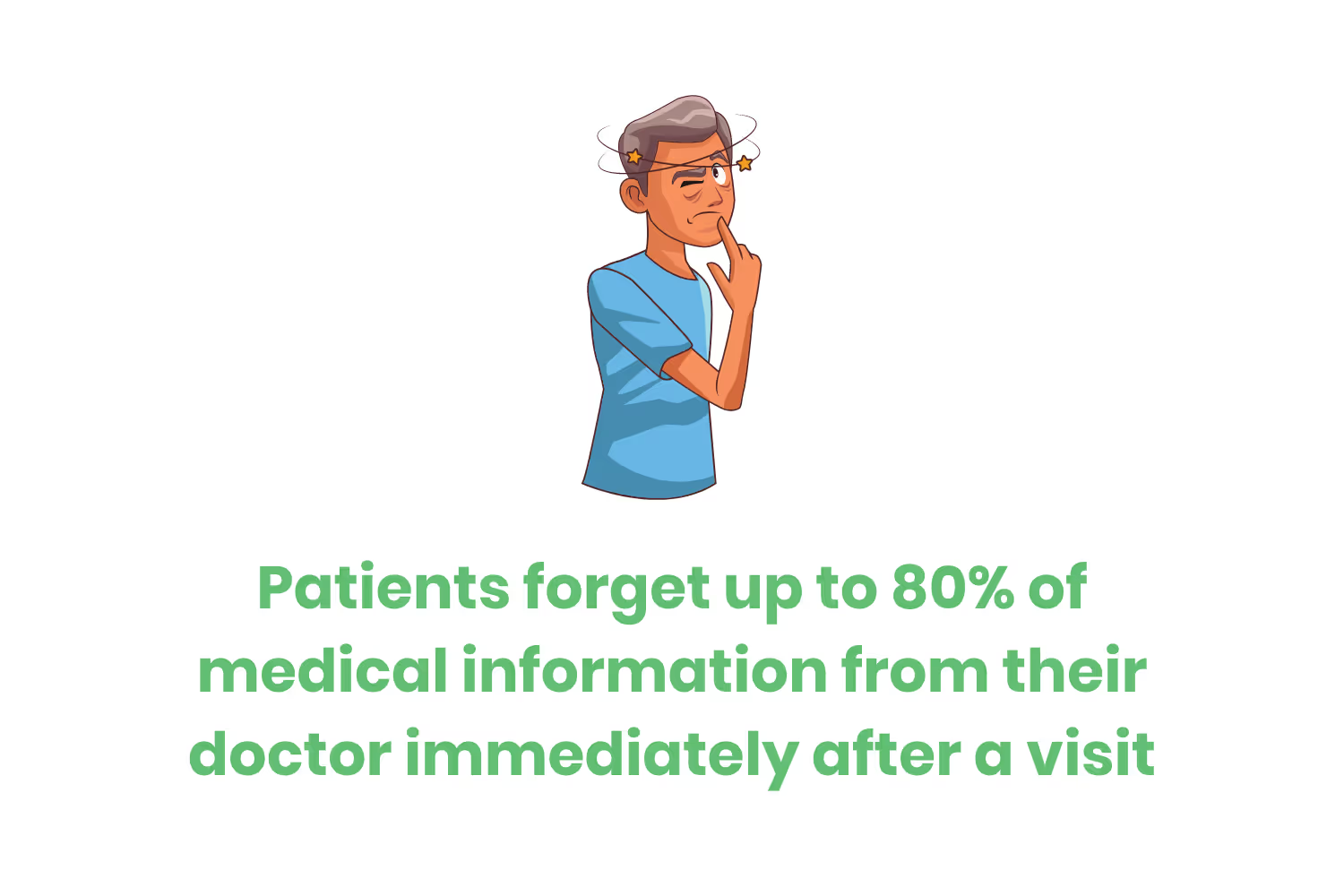
But with mobile options, they can stay in touch with health apps. Around half of all doctors expect mHealth apps and features to boost the patient experience. 69% of patients think that mHealth can strengthen communication with their doctors and also improve quality of care.
Personalizes Data and Treatment Plans
Some of these mHealth apps allow for better personalization. There are wearable devices that send data to doctors so that they can monitor their clients’ health remotely. These tools are becoming more popular with the market expected to reach $87 billion by 2025.
Over 80% of people who use a mHealth app say that they’re helpful. When their health data gets tracked constantly, doctors can flag any anomalies that need attention. This provides more information than just symptoms. It’s also a cheaper way to track critical information rather than running many tests to find anything unusual.
For example, some organizations use Apple Watches to monitor people with atrial fibrillation. User data gets transmitted to the doctor who receives an alert of a patient’s declining condition.
47% of hospitals provide wearables to those with chronic diseases and conduct remote monitoring with devices and apps. This allows for personalized care since physicians can see how a patient is doing without needing to schedule a visit. It also encourages preventative care.
Leads to More Appointments
As we saw in 2020, a useful aspect to mHealth is the ability to use telemedicine to attend a wellness visit. What was already a growing trend quickly exploded during the pandemic. It became more accessible and was some people’s only option if their provider closed for non-emergency visits.
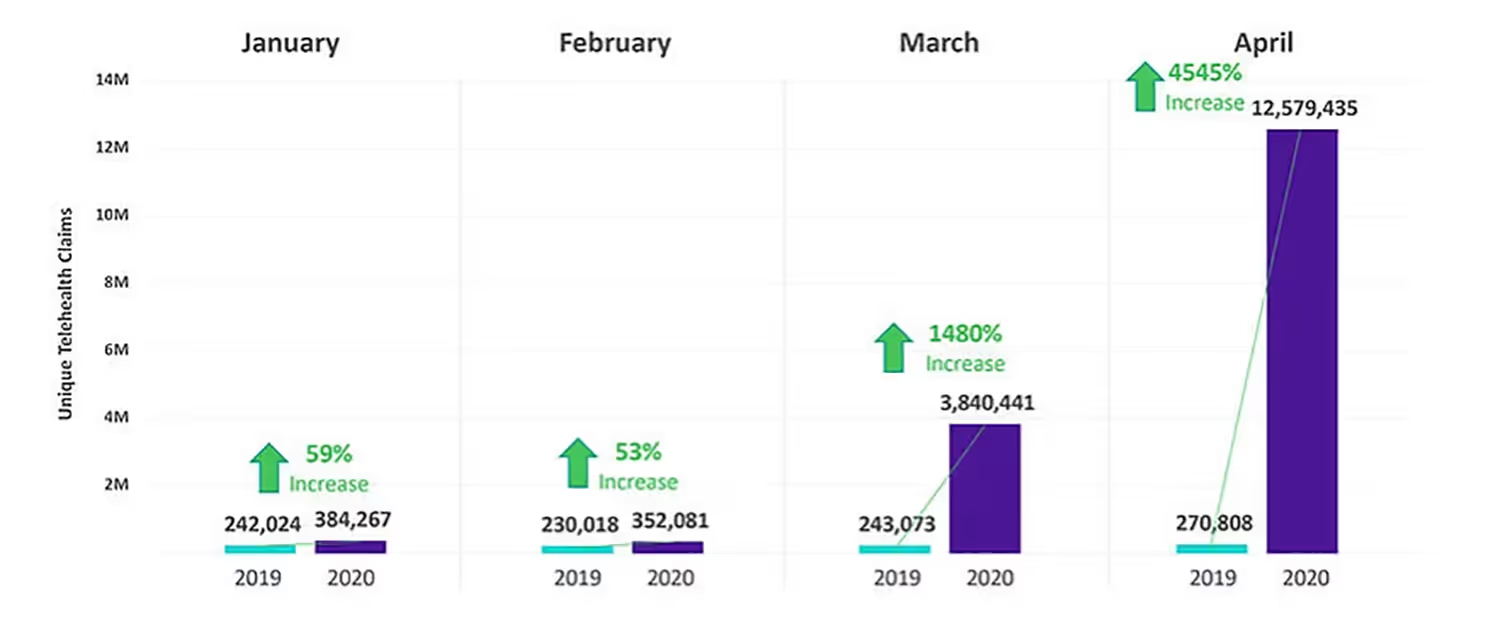
Before 2020, telehealth was already on people’s radar. But after it got so much use in the past year, it’s here to stay. Younger generations already wanted digital options because they’re too busy to visit a provider in-person. Rural communities have limited access to care and sometimes have no other choice. Telemedicine bridged the gaps for both demographics.
Mobile technology also reduces the number of no-shows. Messaging capabilities enable doctors to send appointment reminders right to a client’s phone. 23% of patients don’t show up for their visit unless they receive a reminder. These messages save your practice money in the long run since no-shows cost the health industry an annual $150 billion in missed revenue.
Provides Faster Access to Care
Another advantage of telemedicine is how fast people can access care. Unlike a standard office, there are options available 24/7. Since people can contact a doctor outside of practice hours, it can prevent unnecessary emergency room or urgent care visits.
People also save time driving to their physician and sitting in the waiting room. The average wait time is almost 20 minutes. Patients waste around 100 minutes between the waiting room and the time it takes for them to commute there. If they can visit their physician online, they save more time and won’t get frustrated from wasting a big chunk of their day.
Another way that technology speeds up access to care is through online scheduling. Some people cancel close to their visit times while others want to schedule at the last minute. When people cancel too late, you’ll lose out on revenue from open time slots. And unfortunately, you might’ve turned someone away who was looking to squeeze in a visit.
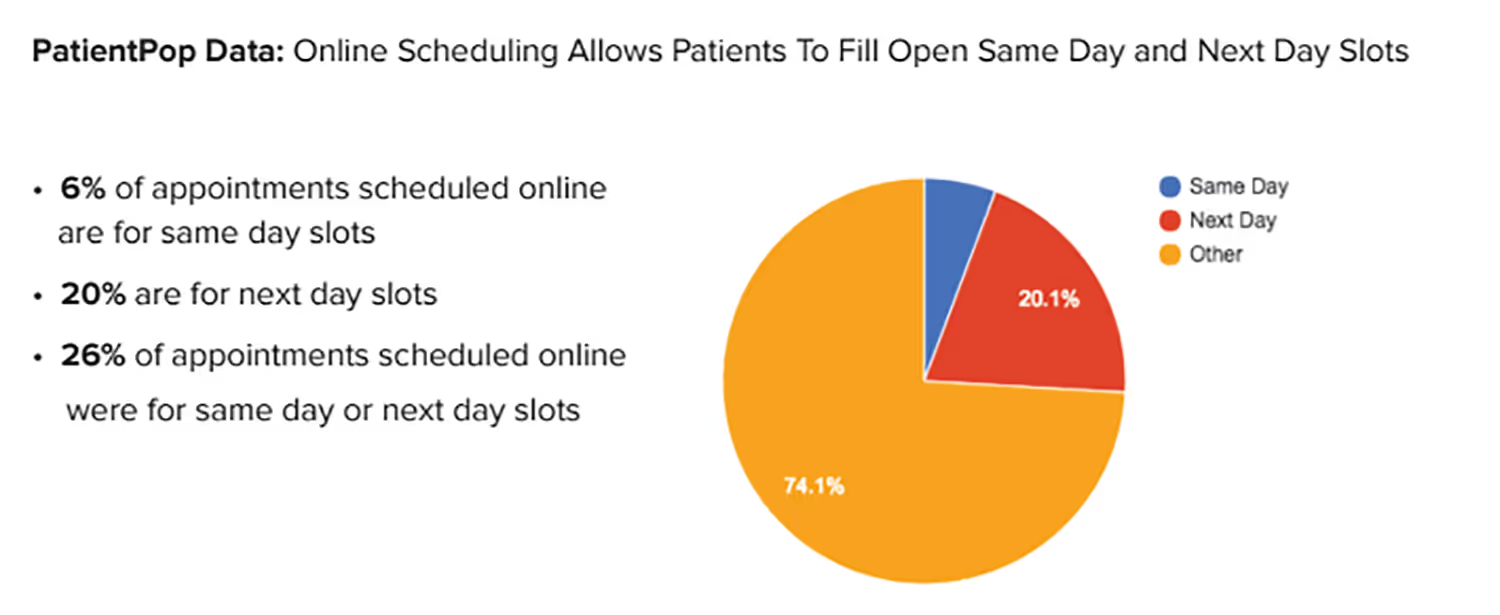
But with online scheduling, people can check for openings in case anyone cancels. According to PatientPop, 26% of appointments scheduled online are for same-day or next-day timeslots. This saves the practice money from open slots and it saves other patients from waiting weeks to see their doctor.
Saves Doctors and Patients Money
I’ve already mentioned a few ways how these technologies reduce costs for your practice money. Let me explain more about how they can save money using these tools.
By the end of 2019, an estimated 64% of patients would book appointments online. This would deliver $3.2 billion in value for the health system. So not only does online booking allow people to schedule visits sooner, but it delivers more money to the industry.
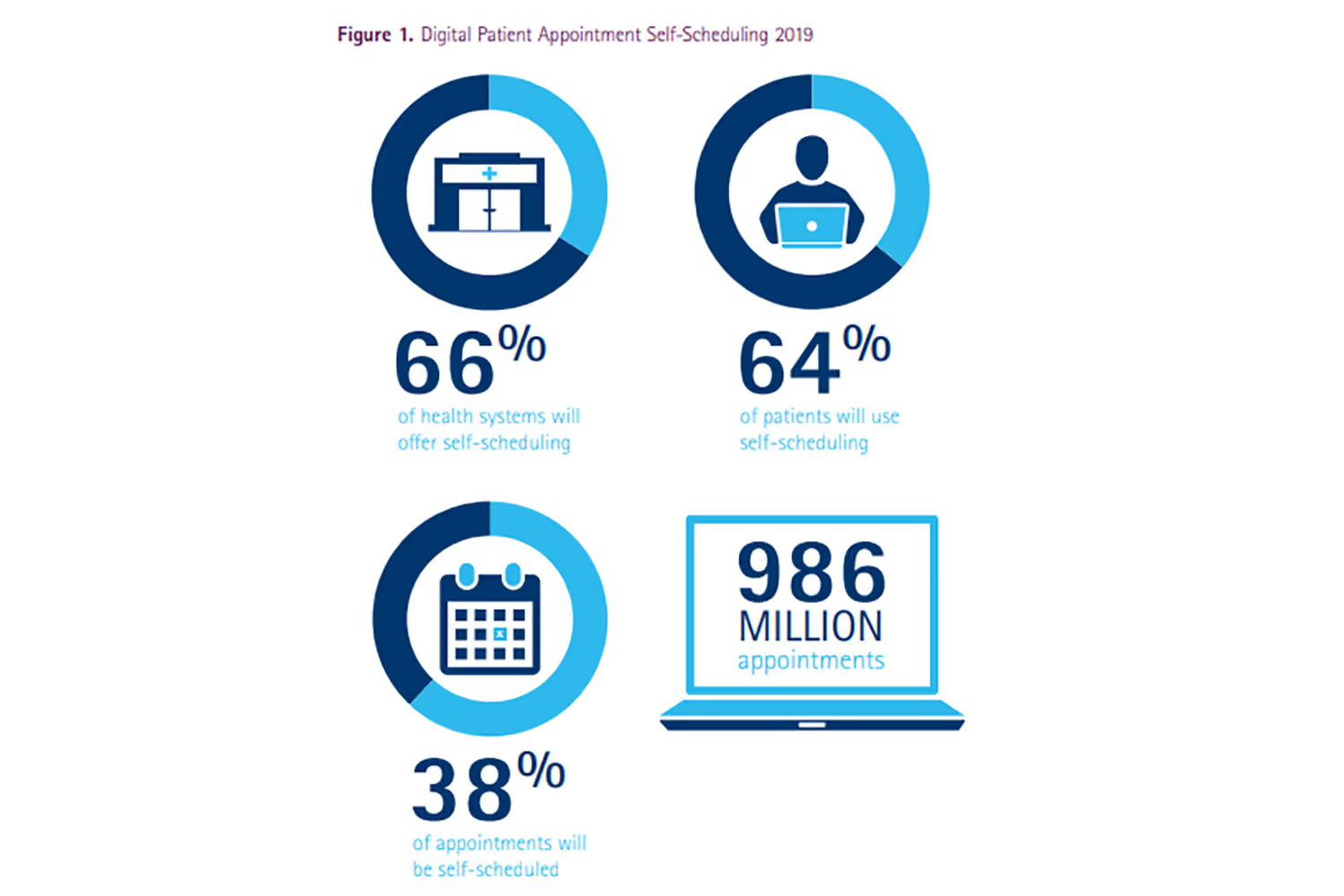
Telehealth visits lead to reduced costs. Almost three-quarters of medical visits aren’t needed or could occur over phone/video. And if people do use a telemedicine option, physicians can resolve the health issue during the initial visit 83% of the time. This means that many in-person visits are avoidable and therefore cost practices less.
Emergency visits are a major unnecessary cost. Around 30% of emergency room visits for common chronic conditions aren’t necessary. This results in an extra $8.3 billion in spending by the industry. In 2017, six common chronic conditions made up 60% of emergency visits. But around one-third were likely treatable in a less expensive outpatient setting.
The Mayo Clinic is one health system that saw a decrease in spending after adding mHealth. After adding a smartphone app into cardiac rehabilitation, it could reduce ER visits and hospital readmissions by 40%.
By accessing medical data from their devices at home, patients could track their vital signs and find educational content.
Implements Instant Security Measures
Another impact these technologies have in healthcare is their ability to provide data security.
Human error is inevitable if your facility uses paper documents. Carrying these around increases the chance of them getting left on a desk or in a room where an unauthorized person could see. This is just one reason why you should go paperless and use mobile technology.
Many platforms are also HIPAA compliant. They protect your data for you which reduces the workload for your practice. If you can use messaging and storing systems that already provide security, you don’t need to try securing it yourself from your system.
Reduces The Spread of Disease
Telehealth exploded during the pandemic in 2020 in part because facilities canceled services. But they also remained popular because it was an easy way to prevent the spread of disease.
People who had contracted coronavirus could schedule a health visit online. The same was true for the vulnerable who needed to avoid exposure. Instead of risking the spread of germs for a non-emergency visit, people could just use telemedicine.
One app, Heal, was ahead of the game. Not only can users access online visits, but they can also schedule a house call visit to their home.
This benefits those who are too sick to get to a facility. Those recovering from a procedure don’t need to risk picking up germs. It limits exposure to more germs and prevents them from getting others sick.
Alleviates Burdens for Healthcare Professionals
Health professionals experience burnout at rates higher than most other careers. With so much time spent on administrative desk work, they’re likely to get overwhelmed. This takes attention away from clients.
Specific apps cater toward easing workloads for physicians. Some even connect with other professionals so they can help each other overcome any difficulties they’re facing. They can also find real-world medical cases and articles to help them learn about situations they haven’t dealt with before.
These apps help reduce the stress of so many tasks and staying on top of so much medical data. It also keeps them up with educational sources so they continue knowing how to best provide care.
Contributes to Better Patient Health Outcomes
As physicians have tools to enhance their productivity, they can provide better patient outcomes. This is one of the reasons driving the transformation of technology.

Some of the things I’ve already discussed, like more visits and faster access to care, improve outcomes. And things like stronger communication reduce errors so people have better results.
Telemedicine boosts results since 91% of patients say it helps them stick to their visits and manage prescription refills.
There are other ways to improve outcomes, too. With apps that send messages to patients, providers can send reminders related to treatment. Remember how I said that people forget most information immediately after a visit? If they receive reminders, they’re more likely to correctly follow their treatment.
For example, many people forget to take their prescriptions as directed. Or some people don’t understand their medication directions in the first place. Unfortunately, this leads to around 125,000 US deaths per year. But with tools like medicine tracker apps, people can get medication reminders. Some allow users to share reports with their providers so they can also track progress and see if patients follow the directions.
Conclusion
It might sound like a challenge to add more technologies to your healthcare practice. After all, this requires training staff, updating processes, and possibly transferring data. You may be more hesitant about mobile tools since they’re still new to the health space.
While it may feel like a hassle initially, adding these technologies has the power to enhance your practice. It’s improving the industry in so many ways such as productivity, cost, access, and care outcomes.
Depending on your demographic, these options will benefit your practice even more. As more young people become adults and start making their health decisions, you’ll have more patients who want digital options. And if there are people who have trouble with getting to a doctor’s office, they’ll need to rely on mobile tools even more.
Emphasize your product's unique features or benefits to differentiate it from competitors
In nec dictum adipiscing pharetra enim etiam scelerisque dolor purus ipsum egestas cursus vulputate arcu egestas ut eu sed mollis consectetur mattis pharetra curabitur et maecenas in mattis fames consectetur ipsum quis risus mauris aliquam ornare nisl purus at ipsum nulla accumsan consectetur vestibulum suspendisse aliquam condimentum scelerisque lacinia pellentesque vestibulum condimentum turpis ligula pharetra dictum sapien facilisis sapien at sagittis et cursus congue.
- Pharetra curabitur et maecenas in mattis fames consectetur ipsum quis risus.
- Justo urna nisi auctor consequat consectetur dolor lectus blandit.
- Eget egestas volutpat lacinia vestibulum vitae mattis hendrerit.
- Ornare elit odio tellus orci bibendum dictum id sem congue enim amet diam.
Incorporate statistics or specific numbers to highlight the effectiveness or popularity of your offering
Convallis pellentesque ullamcorper sapien sed tristique fermentum proin amet quam tincidunt feugiat vitae neque quisque odio ut pellentesque ac mauris eget lectus. Pretium arcu turpis lacus sapien sit at eu sapien duis magna nunc nibh nam non ut nibh ultrices ultrices elementum egestas enim nisl sed cursus pellentesque sit dignissim enim euismod sit et convallis sed pelis viverra quam at nisl sit pharetra enim nisl nec vestibulum posuere in volutpat sed blandit neque risus.

Use time-sensitive language to encourage immediate action, such as "Limited Time Offer
Feugiat vitae neque quisque odio ut pellentesque ac mauris eget lectus. Pretium arcu turpis lacus sapien sit at eu sapien duis magna nunc nibh nam non ut nibh ultrices ultrices elementum egestas enim nisl sed cursus pellentesque sit dignissim enim euismod sit et convallis sed pelis viverra quam at nisl sit pharetra enim nisl nec vestibulum posuere in volutpat sed blandit neque risus.
- Pharetra curabitur et maecenas in mattis fames consectetur ipsum quis risus.
- Justo urna nisi auctor consequat consectetur dolor lectus blandit.
- Eget egestas volutpat lacinia vestibulum vitae mattis hendrerit.
- Ornare elit odio tellus orci bibendum dictum id sem congue enim amet diam.
Address customer pain points directly by showing how your product solves their problems
Feugiat vitae neque quisque odio ut pellentesque ac mauris eget lectus. Pretium arcu turpis lacus sapien sit at eu sapien duis magna nunc nibh nam non ut nibh ultrices ultrices elementum egestas enim nisl sed cursus pellentesque sit dignissim enim euismod sit et convallis sed pelis viverra quam at nisl sit pharetra enim nisl nec vestibulum posuere in volutpat sed blandit neque risus.
Vel etiam vel amet aenean eget in habitasse nunc duis tellus sem turpis risus aliquam ac volutpat tellus eu faucibus ullamcorper.
Tailor titles to your ideal customer segment using phrases like "Designed for Busy Professionals
Sed pretium id nibh id sit felis vitae volutpat volutpat adipiscing at sodales neque lectus mi phasellus commodo at elit suspendisse ornare faucibus lectus purus viverra in nec aliquet commodo et sed sed nisi tempor mi pellentesque arcu viverra pretium duis enim vulputate dignissim etiam ultrices vitae neque urna proin nibh diam turpis augue lacus.


.avif)

